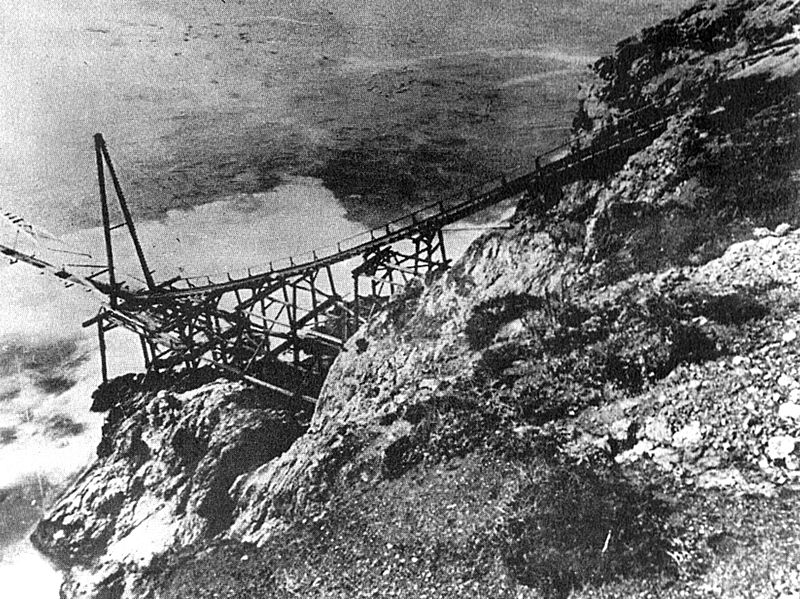In 1969, Hunter S. Thompson published “It Ain’t Hardly That Way No More,” an account of gentrification washing over the bohemian California enclave of Big Sur, where he had lived at the beginning of his journalism career. The article’s opening:
“Will Liz Taylor change Big Sur?”
That was the question the San Francisco Examiner‘s society columnist asked the world recently, after she had scrambled, along with other minions of the West Coast press, to report the doings of Elizabeth Taylor and Richard Burton in California’s most famous “Bohemia,” a mountainous and sparsely populated stretch of coastline some 150 miles below San Francisco.
The occasion was the filming of a few scenes for a movie called The Sandpiper, starring Liz as a lady painter with a yen for rocky beaches and Dick as an offbeat beachcomber with a yen for lady painters. The scenes were shot here because Big Sur has some of the most spectacular scenery in America: booming surf, rocky beaches, and pine-topped mountains slanting straight to the sea.
In the years after World War II this rugged South Coast, as the oldtimers call it, got a valid reputation as a hideaway for artists, writers, and other creative types. Local history abounds with famous names. Henry Miller, author of Tropic of Cancer and Tropic of Capricorn, lived here for 19 years. The late Robinson Jeffers was Big Sur’s original poet laureate, and folk singer Joan Baez is still considered a local, although she recently moved to Carmel Highlands, a few miles north. Other famous residents have been Dennis Murphy, author of a best seller called The Sergeant, prize-winning poet Eric Barker, sculptor Benjamin Bufano, and photographer Wynn Bullock. Unfortunately, that era is just about ended. Big Sur is no longer a peaceful haven for serious talent, but a neurotic and dollar-conscious resort area.•
Tags: Elizabeth Taylor, Hunter S. Thompson, Joan Baez, Richard Burton

